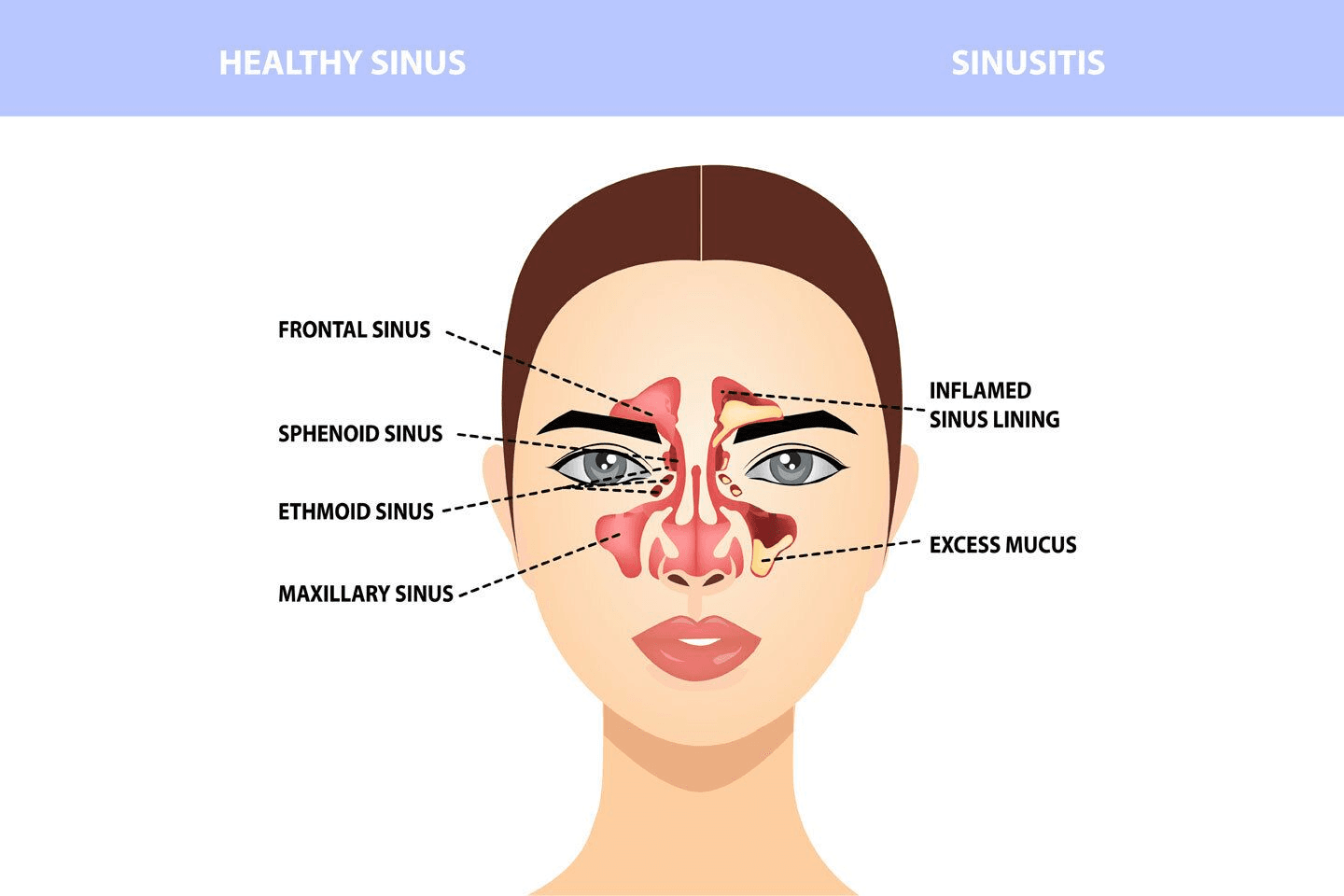
What is Nasal Packing and When is it Needed?
Introduction
If you've ever had a nosebleed that just wouldn't stop or had nasal surgery, you might have come across the term 'nasal packing.' It sounds a bit odd, right? But don't worry—it's a simple, effective way to stop bleeding or help your nose heal. In this blog, we'll break down exactly what nasal packing is, when you might need it, the different types, what happens during the procedure, and how to look after yourself for better recovery.
What is Nasal Packing?
Nasal packing is a procedure in which special materials are placed inside the nose to help control bleeding, promote healing, or keep nasal passages open after surgery.[1] You'll most often hear about it when someone has a heavy nosebleed or needs healing after nasal surgery, like a septoplasty (a surgery to straighten the nasal septum).
Nasal packing applies gentle pressure on the blood vessels inside your nose, which helps stop the bleeding. Plus, the packing keeps your nasal passages in place and helps prevent further irritation or injury. Different types of materials are used for packing, but the procedure itself is quick and simple.
When is Nasal Packing Needed?
Nasal packing can be a real lifesaver in a few different situations. Here are some of the most common reasons you might need it:
Severe Nosebleeds [2] : Nosebleeds can happen for various reasons—dry air, allergies, a knock on the nose, or even a bad cold. But sometimes, a nosebleed can be so heavy that it won't stop, and that's when nasal packing is helpful. The packing helps control the bleeding by applying pressure inside your nostrils.
After Nasal Surgery [3] : If you've had surgery like a septoplasty (which straightens the nasal septum) or another procedure involving your nose, nasal packing might be used afterward to stop any bleeding and help the nose heal. The packing keeps everything protected while it recovers.
Nasal Trauma: If your nose gets injured—say from an accident or a blow—nasal packing can help stop the bleeding and support the healing process.
Chronic Sinus Issues: In rare cases, nasal packing might be used to help control chronic sinus problems with lots of bleeding.
It's helpful to get your nose back to normal and stop any ongoing issues!
Types of Nasal Packing
There are a few different types of nasal packing. The type of packing you get will depend on how severe the issue is and what your doctor thinks is best for you. Let's take a look at some of the common types:
Gauze Packing: This is the traditional method. Basically, a piece of rolled-up gauze is inserted into your nostrils. The gauze applies pressure to the blood vessels inside your nose to help stop the bleeding.
Nasal Tampons: These are soft, sponge-like devices placed inside your nostrils. They're often more comfortable than gauze, and because they're super absorbent, they do a great job of controlling bleeding.
Nasal Sponges: Like tampons, nasal sponges are soft and spongy materials that expand inside your nose to absorb blood. They're more comfortable than gauze and sometimes work better to stop bleeding.
Inflatable Packing: Some nasal packing materials include inflatable balloons. These balloons are inserted into the nostrils and inflated to apply gentle pressure, which helps control bleeding.
While these types of packing have the same goal—stopping the bleeding and helping the nose heal—your doctor will choose the one that's best for your situation and comfort level.
What to Expect During the Procedure
If your doctor recommends nasal packing, you might wonder what the procedure is like. While it might sound a bit uncomfortable, the good news is that it's usually quick and simple. Here's what you can expect:
Local Anesthesia: Before starting, the doctor will put a numbing medicine inside your nose. This helps dull the area so you won’t really feel pain, maybe just a little pressure or odd sensation while they work.
Insertion of Packing: Once your nose is numb, the doctor gently inserts the nasal packing. You might feel some pressure or mild discomfort, but it shouldn't be painful.
Duration of the Procedure: The whole thing is usually over in just a few minutes. If you're having nasal packing for a nosebleed, the packing typically stays in place for a few hours. If it's after surgery, it might stay for a couple of days, depending on how you heal.
Once the procedure is done, you’ll rest for a bit so the doctor can make sure all’s well. When the bleeding has settled, you can head home and start your recovery.
Recovery and Aftercare
After nasal packing, taking care of yourself is key to ensuring everything heals properly. Here's what you can expect during your recovery. First, getting plenty of rest and avoiding heavy physical activity for the first few days is important. Moving around too much can cause the bleeding to start again, so try to keep your head elevated and take it easy. Also, resist the urge to blow your nose! Blowing your nose can dislodge the packing and lead to more bleeding, so it's best to avoid it, especially in the first few days.
Staying hydrated is also important. Drinking lots of water and using a humidifier can help keep the inside of your nose from drying out, keeping everything moist and comfortable. Finally, don't forget to attend your follow-up appointments. A few days after the packing is placed, your doctor will likely remove it to check how well your nose is healing. They'll also look for any signs of complications, so it's essential to go to these check-ups.
Potential Risks and Complications
While nasal packing is usually safe, you should keep a few potential risks and complications in mind. One of the main concerns is infection. If the packing isn't removed properly or if it stays in the nose for too long, there's a chance of an infection developing. Some people also experience discomfort or pain during recovery. This can include feeling uncomfortable or dealing with a stuffy nose as you heal.
Another issue to watch for is rebleeding. In some cases, the bleeding might not stop or could start again once the packing is removed, and you may need additional treatment to control it. Lastly, breathing difficulty is a temporary concern. Since the packing can block your nasal passages, breathing through your nose can make it harder until it's removed.
NOSZEL by Meril
NOSZEL by Meril is an absorbable nasal packing designed to help manage bleeding and support healing after nasal surgeries or procedures. Made from a biocompatible material, NOSZEL gently dissolves over time, eliminating the need for removal and reducing discomfort for patients. It provides effective support, controls bleeding, and promotes a smooth recovery, making it a reliable choice for both doctors and patients undergoing nasal care.
Conclusion
Nasal packing is a simple and effective way to stop bleeding and help your nose heal. Whether for a stubborn nosebleed or to support recovery after surgery, it's a reliable solution for various nasal issues. If you ever need nasal packing, just remember that it's a temporary fix and will help you feel better soon. Be sure to follow your doctor's instructions during recovery, and don't hesitate to reach out if you have any concerns. Your doctor is there to help you through it!



